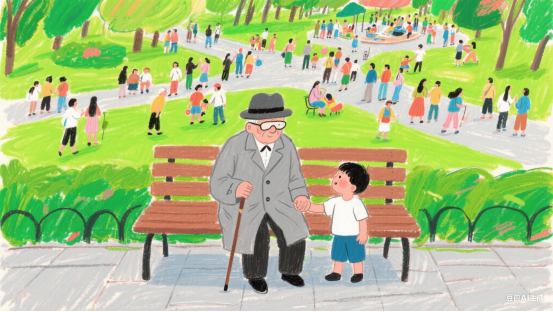
Vision is one of our key senses, but what do blind people actually see? This question interests both sighted and blind people. There is no single answer because blindness has many levels.
1.1. What is TRUE about the question “What do blind people see”?
A It has a simple answer.
B Only blind people care.
C Its answer varies.
D It’s not important.
解析:选C。C 细节理解题。根据第一段“There is no single answer because blindness has many levels”可知,对于“盲人能看到什么”这个问题,答案是多样的。故选C。
2.2. What is the main purpose of the “closed-eye experiment” in Paragraph 2?
A To show eye health.
B To explain “nothingness”.
C To test eyesight.
D To practice focusing.
解析:选B。B 推理判断题。根据第二段内容可知,闭眼实验是为了解释天生盲人看到的“虚无(nothingness)”,就像闭眼后什么也看不到一样。故选B。
3.3. What might people with visual hallucinations see?
A Real objects.
B Familiar faces.
C Strange lights.
D Clear words.
解析:选C。C 细节理解题。由第三段“Others see bright sparks, flashes of light, or colorful patterns. Sometimes they see shapes or objects that aren’t real. Doctors call this visual hallucinations”可知,有视觉幻觉的人可能看到奇怪的光。故选C。
4.4. What can we infer about functional blindness?
A Its definition is the same worldwide.
B All functionally blind people see nothing.
C Severity affects what they can see.
D It’s rarer than total blindness.
解析:选C。C 推理判断题。从第四段“What functionally blind people see depends on their condition’s severity”可推断出,功能性失明的严重程度会影响他们能看到的东西。故选C。
5.5. What is the main idea of the passage?
A Ways to help blind people.
B Experiences of the blind.
C Modern tools for the blind.
D The causes of blindness.
解析:选B。B 主旨大意题。文章主要讲述了不同类型盲人的视觉体验,包括天生失明、后天失明以及功能性失明的人看到的不同情况。故选B。